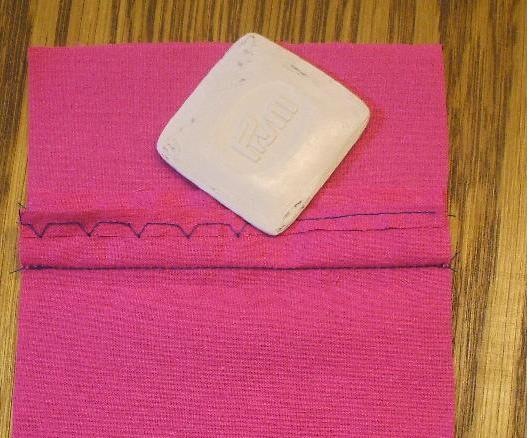You will need
- A piece of fabric, a cutting table, and good lighting.
Instruction
1
Place the fabric to simultaneously see both sides - front and back. Compare the clarity and brightness of the pattern on printed fabric. On the face of the picture more vivid and the outlines more clear, it is more smooth and less fuzzy than from the inside.
2
Inspect the fabric from both sides, many imperfections - the knots, the strings usually appear on the wrong side, and the front is always completely smooth. There dyed fabric plain and twill weave, in which the difference between the parties there. They are called reversible and may have different pattern on the face and back.
3
Pay attention to the fabric edge. Have cloth (coarse woollen) fabrics on the front side edges are colored threads, which are poorly visible on the underside. In addition, the edge of any fabric from the front side smooth and the reverse visible on it every roughness and nodules.
4
Ask where was the effected tissue. Linen, silk and woolen cloth of domestic manufacture are formed face inside, and a cotton (lint-free) - right side out.
5
Pay attention to the composition of the expensive fabrics. Blended fabrics have a more valuable material (lurex shiny thread and the other) on the front side visible in much greater quantities than on the reverse side.
6
Determine the front side from the pile fabrics according to the greater density of the pile than on the underside, and smooth cut surface. Fabric with double-sided pile nachesnaya have it on the wrong side.
7
Note the clarity of the diagonals of the fabric with twill weave. On the face of the scars are clear and textured, and on the wrong side - as if oiled.
Note
A fabric (satin, sateen and others) have a shiny front side, matte reverse.
From knitted fabrics on the front side of the visible longitudinal "pigtails", and back - transverse "waves".
From knitted fabrics on the front side of the visible longitudinal "pigtails", and back - transverse "waves".
Useful advice
If you are not able to pinpoint the wrong side of the fabric, ensure that all parts of the product was cut on one side.

